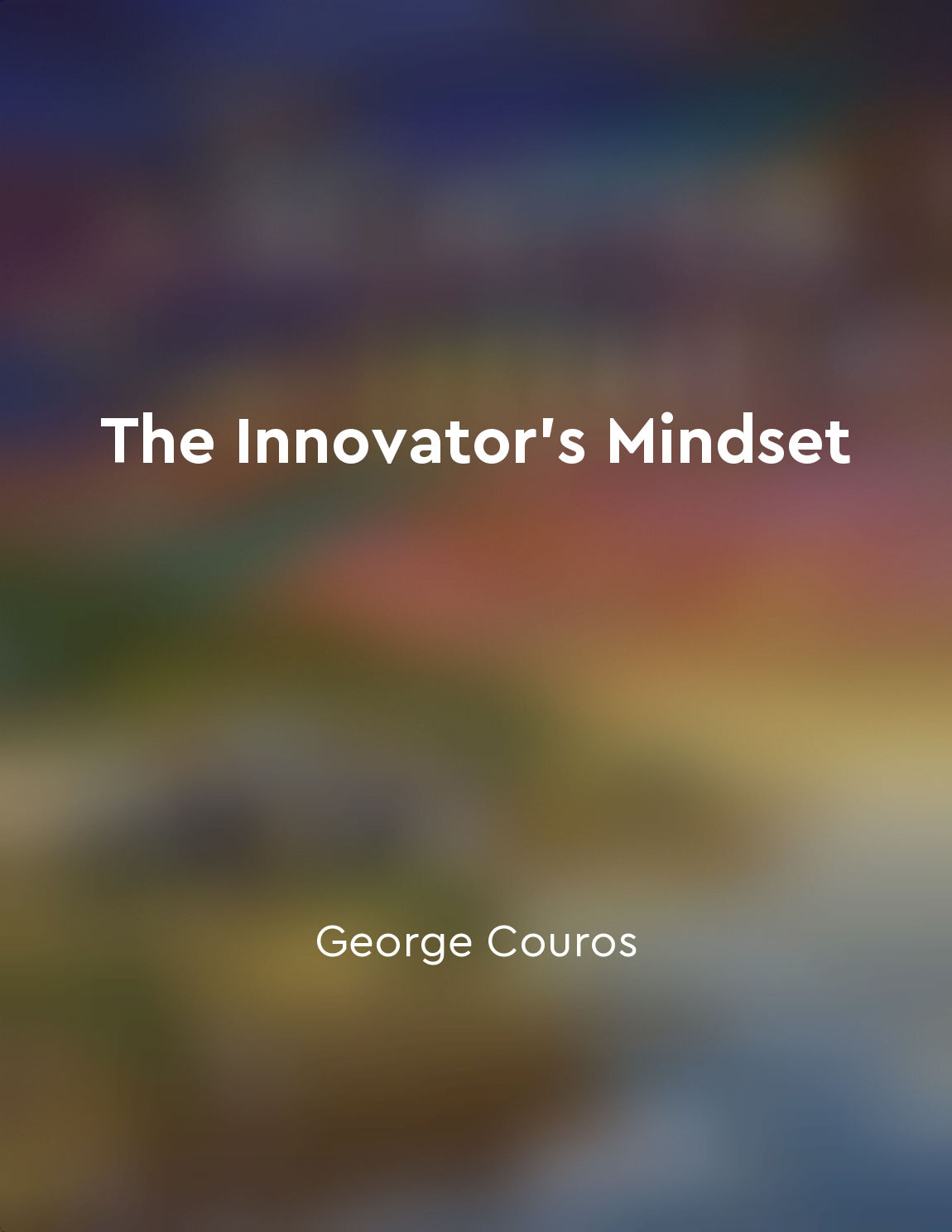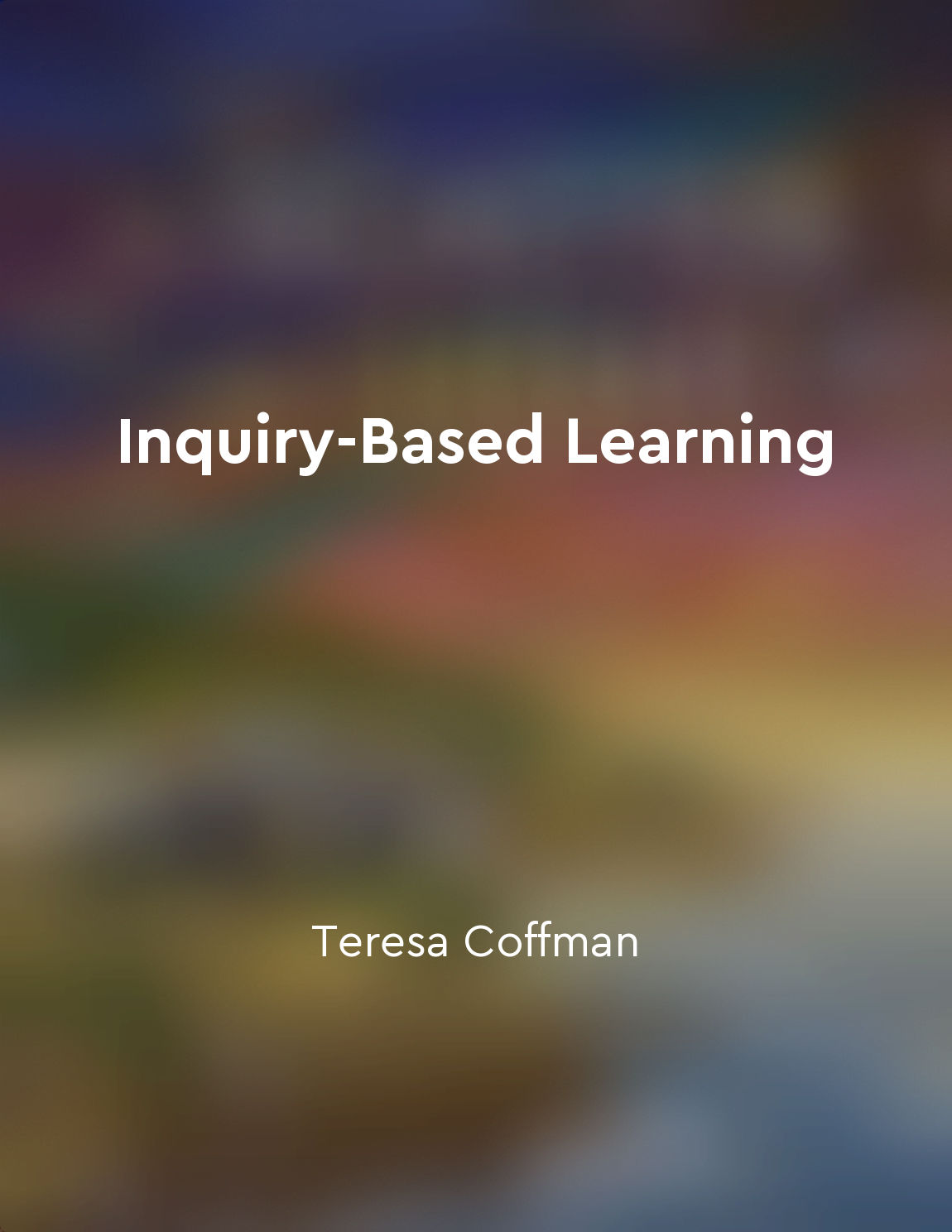Provide opportunities for student choice and autonomy from "summary" of Blended Learning in Action by Catlin R. Tucker,Tiffany Wycoff,Jason T. Green
One of the fundamental principles of blended learning is to empower students by giving them control over their learning experiences. By offering a variety of options and pathways, educators can cater to the diverse needs and preferences of learners. This approach not only promotes student engagement but also fosters a sense of ownership and responsibility for one's learning journey. In a blended learning environment, students can choose how they want to engage with the content, whether it's through online modules, group discussions, or hands-on activities. By providing these choices, educators can tap into students' interests and strengths, allowing them to take charge of their learning in a way that suits them best. This autonomy can lead to increased motivation and a deeper understanding of the material. Furthermore, student choice can also extend to assessment methods, allowing learners to demonstrate their knowledge and skills in ways that align with their strengths. For example, some students may excel in traditional tests, while others may prefer to create multimedia presentations or participate in project-based assessments. By offering a range of assessment options, educators can ensure that all students have the opportunity to showcase their learning in a meaningful way. Moreover, providing opportunities for student choice can help foster a sense of agency and independence among learners. When students are given the freedom to make decisions about their learning, they are more likely to take ownership of their academic progress and actively engage in the learning process. This sense of agency can lead to increased confidence and self-efficacy, as students see themselves as capable and competent learners.- By offering opportunities for student choice and autonomy, educators can empower learners to take control of their learning experiences, leading to increased engagement, motivation, and independence. This student-centered approach is essential for creating a positive and empowering learning environment where all students can thrive and succeed.
Similar Posts
Every brain needs oxygen
The brain is a remarkable organ, capable of processing vast amounts of information in a split second. But like any other organ ...
Practice relaxation techniques for stress relief
When faced with stress, it is important to have a variety of relaxation techniques at your disposal to help you calm down and r...

Lead with a vision for innovation
When we think about leading with a vision for innovation, we are essentially looking at how we can push boundaries and think ou...
We are natural explorers
Humans are natural explorers. Our brains have evolved to constantly seek out new information and experiences. This drive for ex...
Teachers should create a supportive learning environment for students to thrive
In order for students to succeed academically, teachers must establish a supportive learning environment that nurtures their gr...

Inquirybased learning empowers students to explore
The essence of inquiry-based learning lies in its ability to foster a sense of exploration and discovery in students. By engagi...
Incorporate formative assessment to guide instruction
To ensure that students are making progress and mastering the learning objectives, educators must incorporate formative assessm...
Encourage continuous learning and professional growth
Continuous learning and professional growth are essential components of a successful blended learning environment. Teachers mus...
Increase student motivation through personalized learning experiences
The key to increasing student motivation lies in providing personalized learning experiences. When students feel a sense of own...

